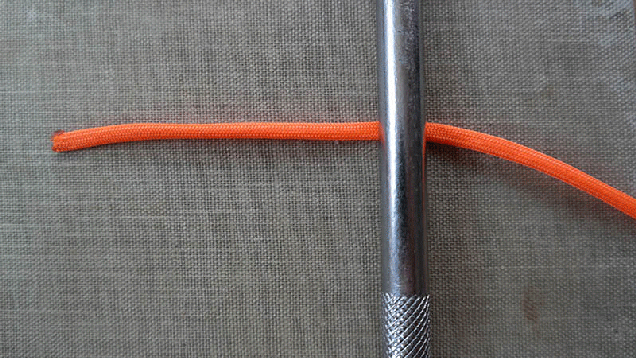
There’s a million different knots for doing a million different things. But, these five are easy-to-learn, easy-to-tie and accomplish 99 percent of the jobs you’ll ever need a rope to do. Anyone can make these, here’s how.
Knot tying has always been one of my poorest skills. I think I actually earned the Velcro merit badge back in Boy Scouts instead. So, when it comes to using them, I need simple, easy, reliable ones that are still capable of performing real work, across a diverse array of tasks. These are the five knots I’ve learned and rely on. They get me through pretty much anything.
Good Knot-Tying Practices
The more knots you tie in a rope, line or string, the more you reduce its strength. And, the right knot won’t slide or come undone when you don’t want it to, but may still be easy to reposition, adjust or untie. That’s why learning to use the right knot for the job is so important.
You wouldn’t think that something as simple as tying a knot could be dangerous, but depending on what you end up using it for, a broken line or a slipped knot could hurt or kill someone. Or, your cargo could simply fly off the roof of your car. To avoid that happening, you need to practice; only ever use a knot you’re sure of.
To get the most from your knot tying, you’ll also want to work with clean, dry cordage of an appropriate strength, size and elasticity for the job. If you’re not sure how much a rope can hold, don’t trust your life to it.
When you’re making a knot, it’s important to keep the line from twisting, binding and to try and keep tension even throughout its construction. That’s going to be easiest on a flat surface, as you see here, keeping the knot spread out and flat allows you to observe its form and adjust the lengths of its individual parts as you tinker with it.
Don’t assume you can just watch one of these gifs then rely on that knowledge next time you’re in the outdoors or standing in the home depot parking lot with a pile of lumber. Practice them at home, practice them in the field on non-critical jobs and, only when you’re confident in them, start relying on them instead of that handy Velcro kit.
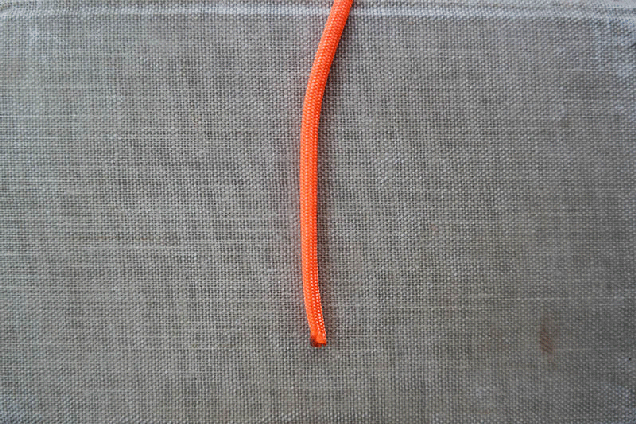
Bowline Hitch
Need to rescue someone? Throw them a bow line, which won’t ever slip or tighten. That avoids injury and gives them a secure loop to grab, step in or put their arms through. Bow lines also make great handles, again because the loop will never, ever slip. It’s also incredibly quick and simple to tie, even with cold, wet, shaking hands.
Create a loop by passing the working end of the line over the top of its body. The rabbit comes out of the hole, runs around the back of the tree, then jumps back down. Pull it tight at your desired size for the loop and you’re done. Easy.
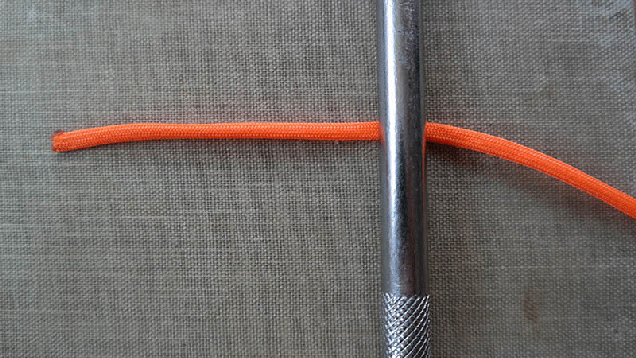
Two Half Hitches
Want to tie a rope to something? This is how you do that. Use the two half hitches to tie off a tarp or hammock with a strong, quick, secure connection.
Pass the line behind the tree/pole/limb, loop it up, over the body, then through. Loop it up, over and through again and pull it tight. That’s not going anywhere.
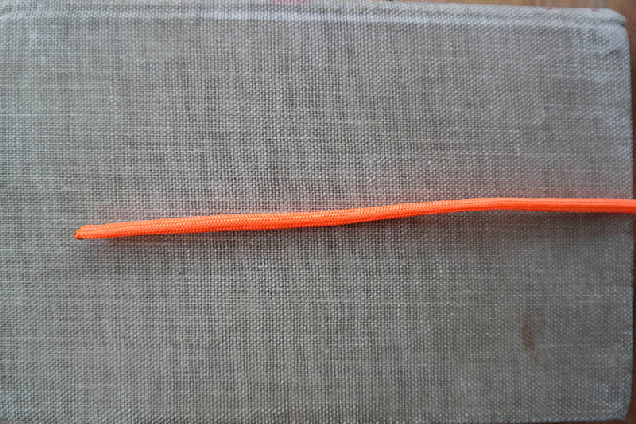
Tautline Hitch
Want to tie a rope off to something, but be able to vary its length? Think tent guy line or similar. This is the easiest way to do that and the knot will hold its place on the line, so long as tension remains on it.
Bring the working end of the line over its body. Pass it behind, on the loop side. Cross that over the loop then come down over the body. Wrap it over the body and pull it through. Tighten it up and it’ll hold whatever tension you set.
As a variation, you can tie-on a separate line using the same knot, thereby adding one or more lengths of rope to another in a way that they’ll hold their place under tension, but allow you to slide that position up and down the main line.
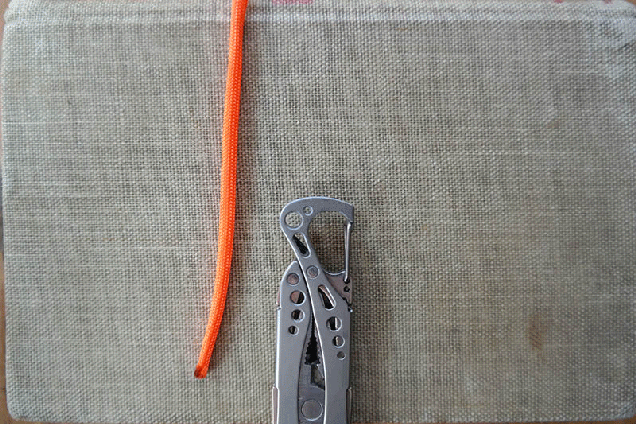
Figure Eight
A traditional square or overhand knot binds so tightly under tension that you often have to resort to cutting the rope rather than untying the knot. The figure eight allows you to easily tie a rope onto a carabiner or similar securely, but easily untie it even after applying huge tension. This one’s used on sailboats and in climbing as a result, but you can use it anywhere you’d like to attach something to a rope.
There’s two versions. In the first (above), you’re tying the rope to something with a closed loop that the rope must pass through. It looks a little complicated as you’re passing the rope back through itself after going through the tie-off point, but the trick is just to follow the figure eight back around. Difficult to photograph, but easy to do once you figure it out once.
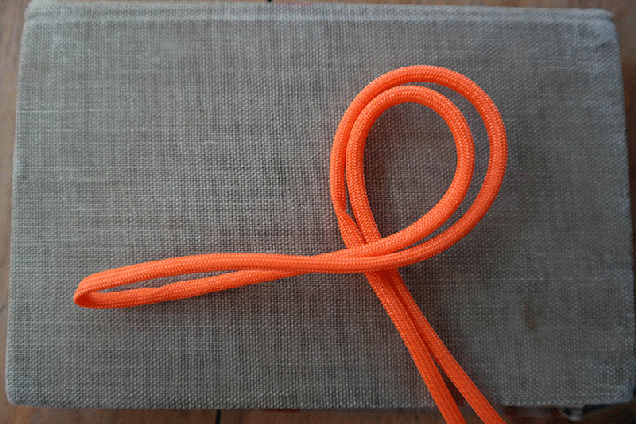
The second is easier and assumes you’re attaching to something with a clip, like a carabiner. You could tie this with your eyes closed, which is sorta the idea: it’s dead simple and impossible to forget. And, it retains 85 percent of the rope’s strength when tied.
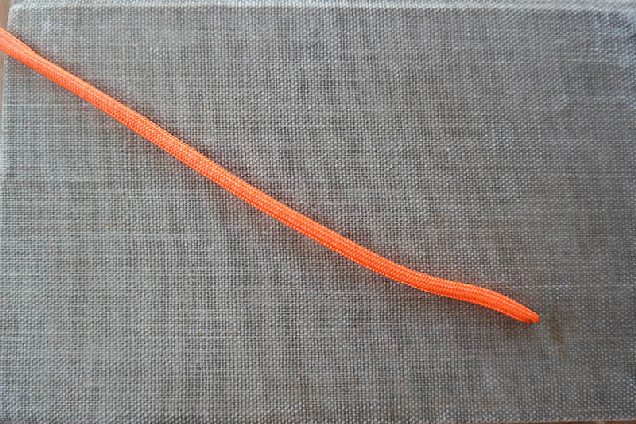
Trucker’s Hitch
Ever wondered how people tie stuff tightly to the top of their cars? This one will allow you to drive home with a mattress on your roof, without it blowing off. It does that by giving you simple mechanical advantage that enables you pull the rope tight, then lets you tie it off quickly and easily while it’s still tight. Once you’ve figured this one out, a hank of paracord kept in your trunk will allow you to haul pretty much anything. It can also be used to tie something down tightly virtually anywhere. Need to compress a foam roll and attach it to your backpack? This is how. You’re welcome.
Create a figure-eight loop in the line with plenty of length left to work with. Pass the working end around a fixed tie-off point, through that loop you just made and pull it as tight as you need. hang onto the top of the loop with your spare hand to keep tension on it. Then, you’re basically just creating a two half hitch to tie it off.
Leave a Reply